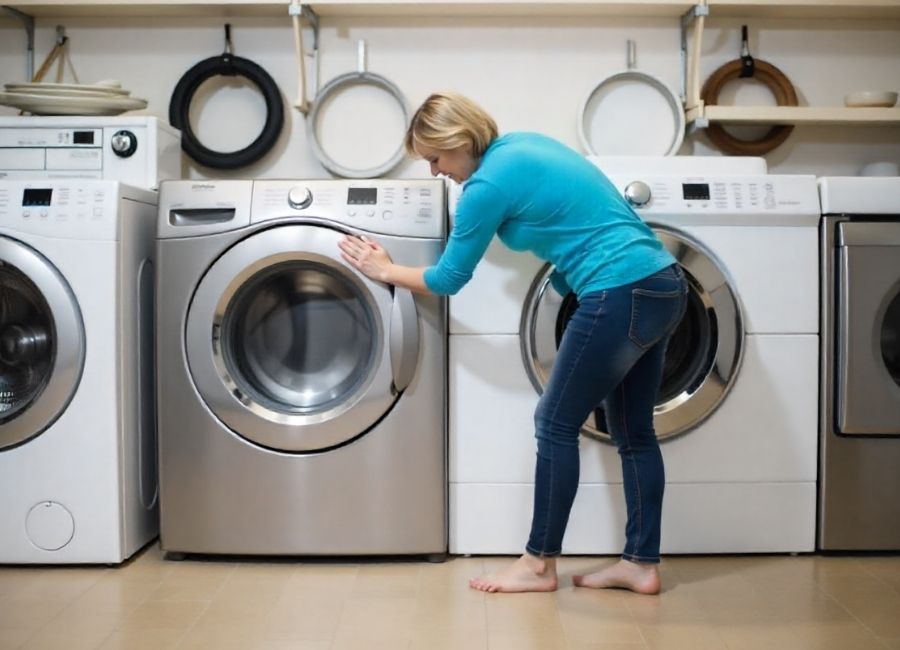When you walk into an appliance store, you might assume that buying “American-made” means you’re getting a product crafted entirely on U.S. soil with American parts and labor. The reality is far more complicated than most consumers realize.
Recent trade disputes underscore the increasing complexity of appliance manufacturing. When four foreign manufacturers—Daewoo, Electrolux, LG, and Samsung—faced penalties for dumping washing machines in the United States at prices up to 82 percent below market value, it sparked renewed interest in buying American-made appliances. Yet even appliances assembled in American factories contain components from around the globe.
This interconnected supply chain means that truly understanding where your appliances come from requires looking beyond simple “Made in America” labels. Let’s explore what it really means when an appliance is labeled as American-made and why finding products made entirely with domestic parts and labor remains so challenging.
The Complex Reality of Modern Manufacturing
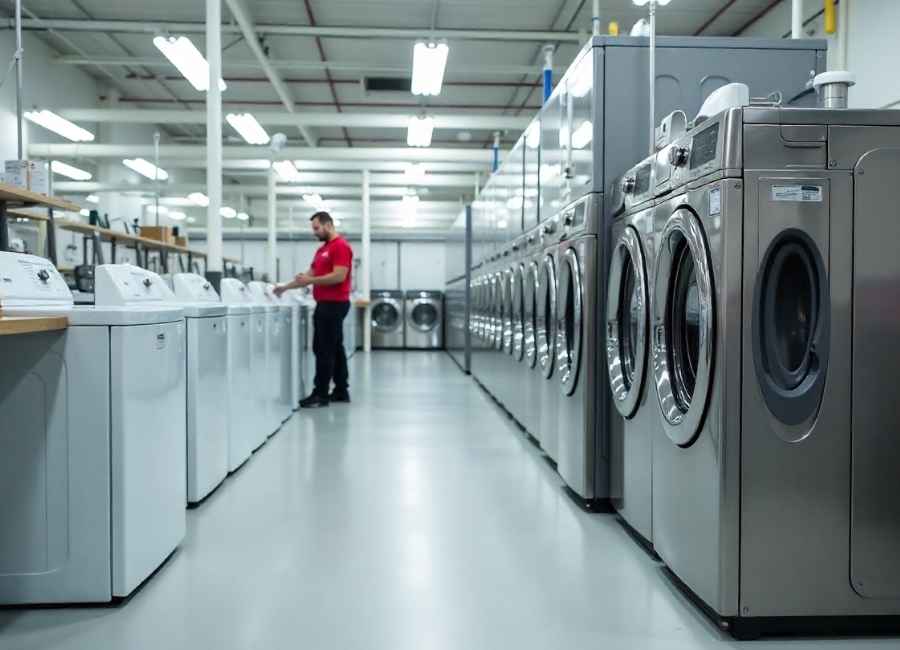
Manufacturing appliances involves thousands of individual components, from motors and circuit boards to screws and plastic housings. Even companies that assemble their products in American factories rely heavily on global supply chains for these parts.
Take Whirlpool, for example. The Michigan-based company now manufactures approximately 80 percent of the products it sells in the United States within U.S. plants. However, their newest front-load washers still contain only 76 percent American-made parts. The remaining 24 percent comes from Mexico and Asia, primarily China.
This mixing of domestic and international components creates a manufacturing puzzle that’s difficult for consumers to decode. A motor might be manufactured in the United States, but the circuit board mounted on it could come from a second country, while specific chips on that board originate from yet another nation.
What “Made in America” Actually Means
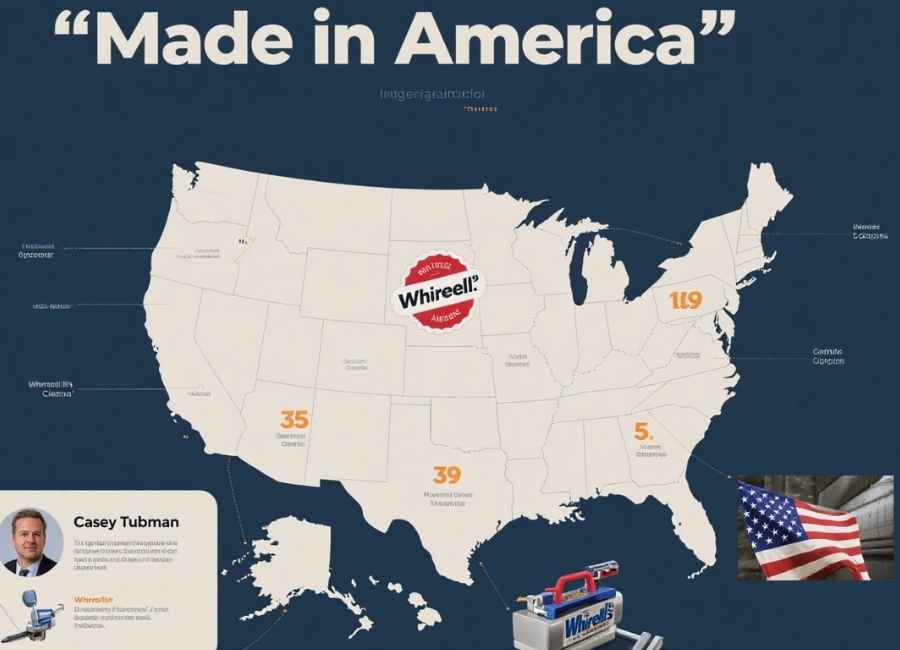
Federal Trade Commission regulations require that products be “all or virtually all” made in America to carry the “Made in America” label. This standard may sound straightforward, but parsing the origins of individual parts proves nearly impossible for the average consumer.
The challenge becomes even more complex when you consider the economics driving these manufacturing decisions. Casey Tubman, Whirlpool’s general manager of cleaning, explains the balance manufacturers must strike: “U.S. labor costs are often higher than in other countries. But when you look at the higher productivity for American workers and consider the fact that it’s costly to ship something as big as a refrigerator or washer, we can quickly make up those costs.”
This cost-benefit analysis leads companies to manufacture larger appliances domestically while sourcing smaller, more transportable components internationally. The result is appliances that are assembled in America but contain a significant percentage of foreign-made parts.
The Trade War Impact on Appliance Manufacturing
The recent dumping penalties imposed on foreign manufacturers demonstrate how global trade policies directly impact the availability and pricing of appliances. Whirlpool, which originally petitioned the Commerce Department to investigate dumping practices, found itself initially included in preliminary rulings because it was manufacturing washers in Mexico at the time.
The company’s response was swift and strategic. Whirlpool relocated its washer production to Ohio before the final ruling, effectively removing itself from the penalty list. This move illustrates how quickly companies can shift manufacturing locations in response to trade pressures, but it also shows that even American companies rely on international manufacturing to remain competitive.
These trade disputes create ripple effects throughout the industry. When foreign manufacturers face dumping penalties, it can increase appliance prices for consumers while potentially encouraging more domestic production. However, the complex supply chains mean that even domestically assembled appliances will continue to include foreign-made components.
Performance vs. Patriotism: A Consumer Dilemma
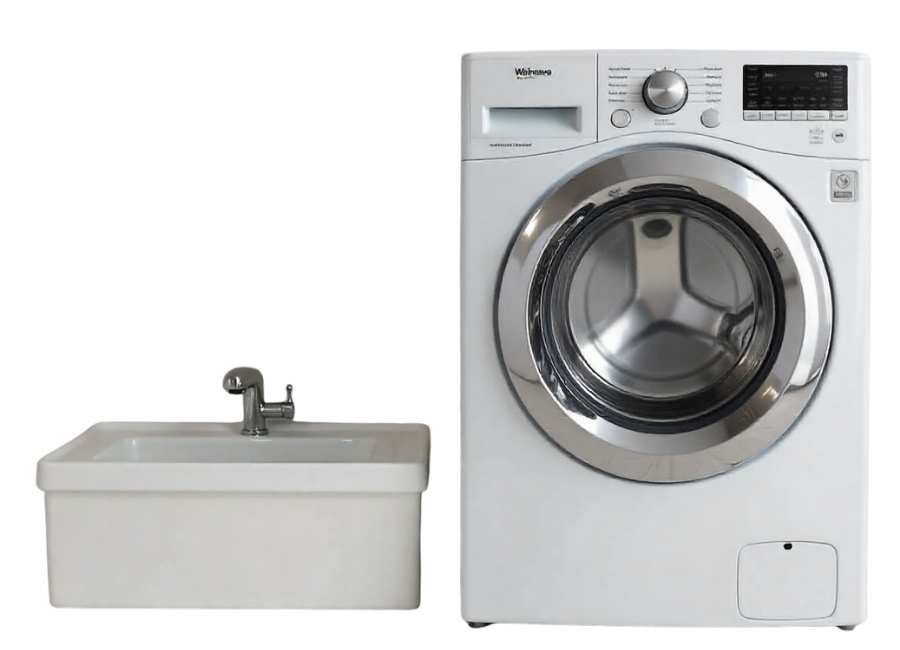
Here’s where the story gets particularly interesting for consumers: buying American doesn’t necessarily guarantee superior performance or reliability. Consumer Reports testing reveals that models from LG and Samsung, both South Korean brands, dominate recommendations for both front-load and top-load washers.
According to consumer surveys, LG and Samsung rank as the most reliable brands for front-loaders, while Whirlpool falls in the middle of the pack. GE front-loaders showed the highest repair rates among major brands. This performance data suggests that consumers face a genuine choice between supporting domestic manufacturing and getting better-performing appliances.
Some American-made models do perform well in testing. Whirlpool’s Duet WFW94HEX[W] front-loader and the Whirlpool-made Maytag Maxima MHW6000X[W], both priced at $1,100, receive recommendations from Consumer Reports. Top-loading options include the Maytag Bravos XL MVWB750Y[W] at $850 and the Whirlpool Cabrio WTW5700X[W] at $800.
The Economics Behind Global Appliance Manufacturing
Understanding why appliances contain international components requires examining the economics of modern manufacturing. Companies must balance several factors when deciding where to produce different parts:
Labor costs vary dramatically between countries, making some locations more attractive for labor-intensive manufacturing processes. However, higher productivity rates in American factories can offset some of these cost differences.
Shipping expenses play a crucial role in determining where products are manufactured. Large appliances, such as refrigerators and washing machines, are expensive to transport, making domestic assembly a more economical option. Smaller components face fewer shipping constraints, enabling manufacturers to source them from the most cost-effective suppliers worldwide.
Specialized expertise concentrates in different regions. Certain types of electronic components, for instance, are primarily manufactured in Asia due to decades of industry development and specialized knowledge.
Regulatory requirements also influence manufacturing decisions. Different countries have varying environmental, safety, and labor standards that can affect production costs and capabilities.
What This Means for Today’s Consumers
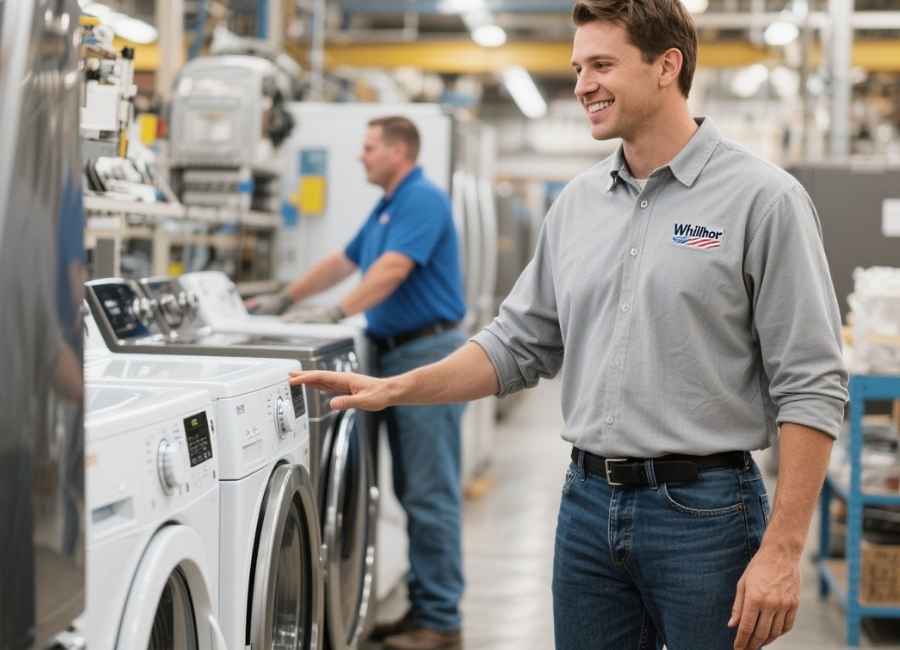
If you’re committed to buying American-made appliances, understand that you’re supporting domestic assembly and jobs, while also acknowledging that some components may still be sourced from overseas. This approach offers tangible economic benefits to American communities while recognizing the complexities of global supply chains.
Focus on companies that manufacture substantial portions of their products domestically and are transparent about their supply chains. Whirlpool’s commitment to producing 80 percent of its U.S.-sold products in American plants represents a significant domestic investment, even if not every component originates here.
Consider performance and reliability data in conjunction with the manufacturing origin. The best choice for your household might be an appliance that performs reliably for years, regardless of its origin. Consumer Reports testing and reliability surveys provide valuable data for making these decisions.
Looking Toward the Future
The appliance industry continues evolving as trade policies, labor costs, and consumer preferences shift. Recent supply chain disruptions have prompted some manufacturers to reconsider their sourcing strategies, potentially leading to more domestic production of specific components.
However, the fundamental economics of appliance manufacturing suggest that global supply chains will remain the norm. The challenge for consumers lies in understanding these complexities and making informed decisions based on their priorities—whether that’s supporting domestic manufacturing, maximizing appliance performance, or finding the best value.
Rather than seeking mythical appliances made entirely in America, focus on supporting companies that invest significantly in domestic manufacturing while maintaining transparency about their global supply chains. This approach acknowledges manufacturing realities while still supporting American jobs and communities. It addresses seasonal pests.







